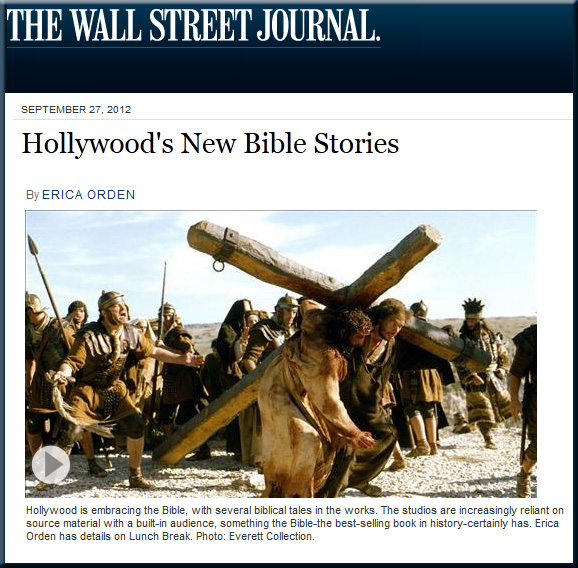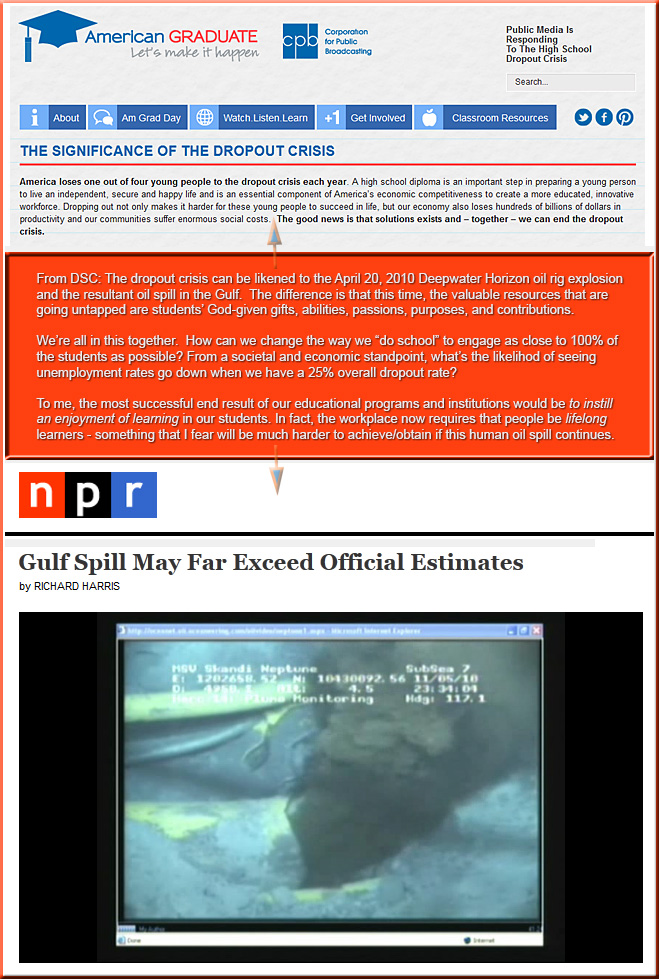15 But if serving the Lord seems undesirable to you, then choose for yourselves this day whom you will serve, whether the gods your ancestors served beyond the Euphrates, or the gods of the Amorites, in whose land you are living. But as for me and my household, we will serve the Lord.”
On 11/08/2012,
in faith, global / globalization, hearts -- matters of the heart, relationships, society,
by Daniel Christian
On 10/31/2012,
in Daniel S. Christian, faith, hearts -- matters of the heart, relationships,
by Daniel Christian
On 10/24/2012,
in faith, global / globalization, hearts -- matters of the heart, relationships,
by Daniel Christian
“The fear of the LORD is the beginning of wisdom, and knowledge of the Holy One is understanding.”
On 10/19/2012,
in faith, global / globalization, hearts -- matters of the heart, relationships, society,
by Daniel Christian
“Wait for the LORD; be strong and take heart and wait for the LORD.”
.
“May these words of my mouth and this meditation of my heart be pleasing in your sight, LORD, my Rock and my Redeemer.”
“And this is my prayer: that your love may abound more and more in knowledge and depth of insight, so that you may be able to discern what is best and may be pure and blameless for the day of Christ,”
.
On 09/22/2012,
in faith, global / globalization, hearts -- matters of the heart, society,
by Daniel Christian
14 May the grace of the Lord Jesus Christ, and the love of God, and the fellowship of the Holy Spirit be with you all.
4 Even to your old age and gray hairs
I am he, I am he who will sustain you.
I have made you and I will carry you;
I will sustain you and I will rescue you.
10 Teach me to do your will,
for you are my God;
may your good Spirit
lead me on level ground.
















